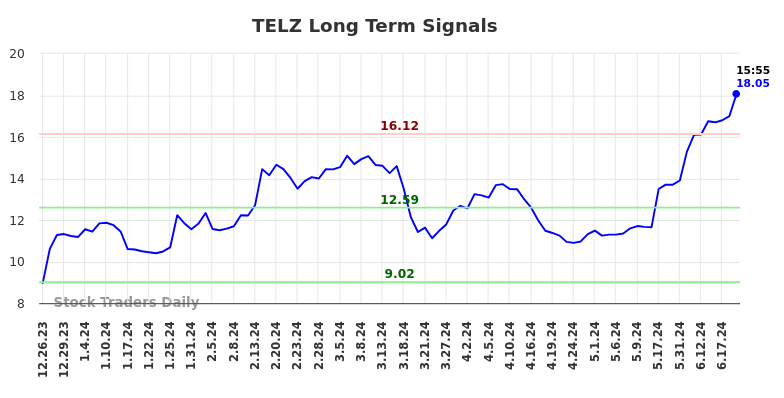By Frederick Michel, Jr.
Farmers have known for centuries, and research has shown, that composts can provide numerous benefits to crop, pasture and forest soils. These include providing slow-release nutrients, improving plant growth and health, revitalizing soil microbial communities, increasing soil carbon content, aggregation and water-holding capacity, and sequestering carbon to reduce climate change. The composting process itself keeps valuable plant nutrients and carbon from organic waste out of landfills, where they degrade anaerobically and release potent greenhouse gases like methane. These benefits align well with the mission of the U.S. Natural Resources Conservation Service (NRCS), the USDA’s primary conservation agency, to “provide conservation solutions so agricultural producers can protect natural resources and feed a growing global population.”
In 2018, the NRCS introduced a new interim standard for conservation practices called the Soil Carbon Amendment, which proposed guidelines for the application of compost, biochar, and other organic materials. The program’s goals are to improve or maintain soil organic matter, sequester carbon and increase soil carbon (C) stocks, improve the stability of soil aggregates, and improve habitat for soil organisms—all properties that compost provides.
In 2022, this standard was adopted as a conservation method for soil carbon amendment under Code 336. Under this program, incentives are provided for the use of compost and other organic amendments through programs such as the Environmental Quality Incentives Program (EQIP), Conservation Innovation Grants, and the Conservation Stewardship Program. Incentives would include assistance with the purchase, transportation, and application of compost and other carbon amendments.
To participate in the program, soil properties such as C:N ratio and phosphorus availability must first be measured to determine if carbon supplementation can provide desired benefits. Once this is determined, compost must be sourced and tested using standard methods such as the U.S. Composting Council’s Seal of Testing Assurance Program (STA) or state-approved certification programs so that nutrient properties and availability can be used in soil carbon supplementation plans. Compost producers must document the origin of the compost, ensure it was produced using a biological, aerobic process, and tested for soil nutrients as well as microbial pathogens before it can be used in the program.
Several issues need to be resolved before implementation. One is the variable nature of compost products and the extent to which they can provide these benefits. For example, different types of compost (yard waste, food scraps, manure or sewage sludge) provide different amounts of nitrogen, phosphorus and potassium and at different rates. Some composts are unbalanced nutrient sources that require nitrogen supplementation for plants to achieve full yield. Other organic sources, such as biochar, do not provide nutrients and are biologically inactive, but can introduce recalcitrant carbon that persists longer than the carbon provided by composts and improve cation exchange capacity. Other organics, such as liquid manure, are already widely used and it is unclear how they fit into the program. Soil testing is required after 1-3 years to confirm benefits.
Another issue is the availability of compost in the state. To increase the supply of compost and reduce the negative impacts of landfilling food waste and other organic materials, the Ohio EPA and USDA are supporting the development of compost infrastructure in Ohio. Information on compost sources that can be used is available from the Ohio Organics Council (OHOC), a nonprofit membership organization of composting facilities, transporters, educators, researchers and consultants. Guidelines and training for technical service providers to address these and other issues, understand the use of carbon amendments and identify products eligible for the program are currently being developed by the NRCS.
Overall, Code 336 will enable farmers to reduce their dependence on expensive, nonrenewable nutrient sources and meet the growing desire for regenerative agricultural practices that improve soil health, recycle nutrients, and sequester carbon. For more information, contact your NRCS representative or the Ohio Composting and Manure Management program at [email protected].
Frederick Michel is a Professor of Biosystems Engineering in the Department of Food, Agricultural and Biological Engineering, Ohio State University-OARDC, [email protected].




